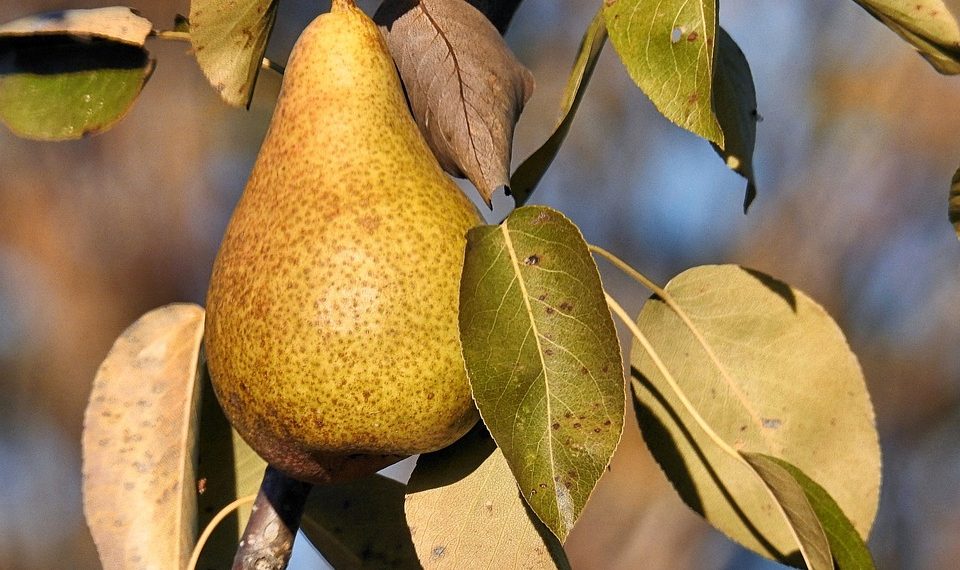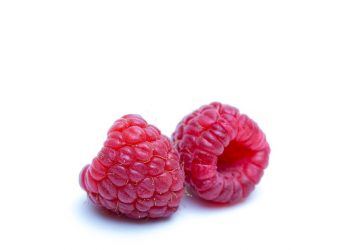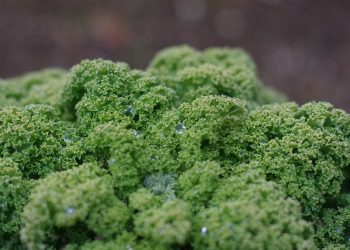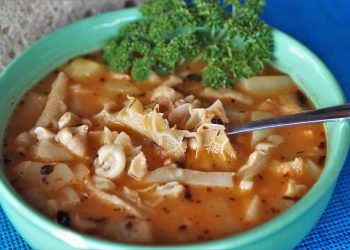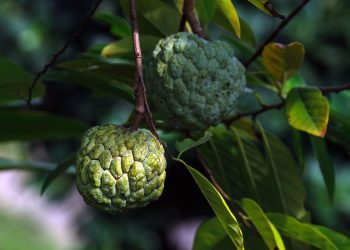Did you know that the humble pear is not just a delicious snack, but it can also play a pivotal role in hormonal balance? This juicy fruit is rich in fiber, antioxidants, and essential vitamins that can support your body in navigating the hormonal rollercoaster of life. If you’re looking to optimize your hormonal health with tasty recipes, you’re in the right place. Here are five pear recipes that not only highlight the sweet, juicy goodness of pears but also help in nurturing hormonal harmony.
Contents
Why Pears?
Before we dive into the recipes, let’s chat briefly about why pears are such a great addition to your diet. They are high in dietary fiber, which is vital for gut health. A healthy gut leads to better hormonal regulation — did you know that about 70% of your hormones are influenced by gut health? Add to that their vitamins, like Vitamin C and K, and minerals like potassium, and these fruits become an all-star in the hormonal support lineup.
Nutritional Benefits of Pears:
- Fiber-Rich: Helps in digestion and keeps you feeling full longer.
- Antioxidants: Combat oxidative stress that can affect hormonal health.
- Low Glycemic Index: Helps regulate blood sugar levels, which is crucial for maintaining hormonal balance.
Now, let’s get to the good stuff! Here are five delightful pear recipes that will tickle your taste buds while also providing hormonal support.
Recipe 1: Pear and Spinach Salad with Walnuts
Ingredients:
- 2 ripe pears, sliced
- 4 cups fresh spinach
- 1/2 cup walnuts, toasted
- 1/4 cup feta cheese (optional)
- 2 tablespoons olive oil
- 1 tablespoon balsamic vinegar
- Salt and pepper to taste
Directions:
- In a large bowl, combine spinach, sliced pears, and toasted walnuts.
- Drizzle with olive oil and balsamic vinegar.
- Add salt and pepper to taste, then toss everything together gently.
- Top with feta cheese, if desired.
Why It’s Great:
Spinach is packed with magnesium, which helps regulate cortisol levels, and walnuts are rich in omega-3 fatty acids that support hormone production. This salad is perfect for lunch or as a light dinner option.
Recipe 2: Pear and Ginger Smoothie
Ingredients:
- 1 ripe pear, cored and chopped
- 1 banana
- 1/2 cup Greek yogurt
- 1 tablespoon fresh ginger, grated
- 1 cup almond milk
- A dash of cinnamon
Directions:
- In a blender, combine the pear, banana, Greek yogurt, ginger, almond milk, and cinnamon.
- Blend until smooth.
- Pour into a glass and enjoy!
Why It’s Great:
This smoothie is not only delicious but also provides a good dose of probiotics from the Greek yogurt, which can aid in gut health and, subsequently, hormonal balance. Ginger has anti-inflammatory properties that can help in reducing hormonal imbalances, making this a great morning pick-me-up.
Recipe 3: Baked Pears with Cinnamon and Honey
Ingredients:
- 4 ripe pears, halved and cored
- 4 tablespoons honey
- 2 teaspoons cinnamon
- 1/2 cup walnuts, chopped (optional)
Directions:
- Preheat your oven to 350°F (175°C).
- Place pear halves in a baking dish, cut side up.
- Drizzle honey over the pears and sprinkle with cinnamon.
- If using, add chopped walnuts on top.
- Bake for 20-25 minutes until tender.
Why It’s Great:
Baked pears are a warm, comforting dessert that’s also a fantastic way to end a meal. Honey is a natural sweetener that can provide quick energy while cinnamon helps in regulating blood sugar levels, which is crucial for hormonal harmony.
Recipe 4: Pear and Quinoa Bowl
Ingredients:
- 1 cup cooked quinoa
- 1 ripe pear, diced
- 1/2 cup cooked chickpeas
- 1/4 cup parsley, chopped
- 1/4 cup feta cheese (optional)
- Lemon juice, olive oil, salt, and pepper for dressing
Directions:
- In a bowl, combine the cooked quinoa, diced pear, chickpeas, and parsley.
- Drizzle with olive oil and lemon juice, then season with salt and pepper.
- Toss everything together and top with feta cheese if desired.
Why It’s Great:
Quinoa is a complete protein, which is essential for hormone production. Pairing it with pears and chickpeas adds fiber and essential vitamins. This bowl is perfect for meal prep; just pack it in containers for a nutritious lunch throughout the week.
Recipe 5: Pear Chia Seed Pudding
Ingredients:
- 1 ripe pear, pureed
- 1/4 cup chia seeds
- 1 cup almond milk
- 1 tablespoon maple syrup (optional)
- Toppings: sliced pears, nuts, or granola
Directions:
- In a bowl, mix the pureed pear, chia seeds, almond milk, and maple syrup.
- Stir well and let it sit for about 30 minutes to an hour in the fridge until it thickens.
- Serve in bowls topped with sliced pears, nuts, or granola.
Why It’s Great:
Chia seeds are rich in omega-3 fatty acids and fiber, promoting gut health and hormone balance. This pudding is not only nutritious but also makes for a sweet, satisfying dessert or breakfast option.
FAQs
Q1: How do pears specifically help with hormonal balance?
A1: Pears are high in fiber, which aids in digestion and gut health. A healthy gut can influence hormone regulation, particularly estrogen and insulin levels.
Q2: Can I substitute pears in these recipes?
A2: Absolutely! While pears are great for hormonal balance, you can substitute them with apples or other seasonal fruits that you enjoy.
Q3: Are these recipes suitable for all dietary needs?
A3: Most of these recipes are easily adaptable. For gluten-free diets, ensure the grains you use are gluten-free, and for vegan diets, swap Greek yogurt for a plant-based alternative.
Q4: How often should I include pears in my diet for hormonal support?
A4: Including pears a few times a week can be beneficial, but it’s essential to have a varied diet rich in different fruits and vegetables for optimal health.
Final Thoughts
Pears are more than just a tasty fruit; they’re a powerful ally in supporting hormonal balance. From salads to desserts, there’s no shortage of ways to incorporate them into your meals. Remember, achieving hormonal harmony isn’t just about specific foods; it’s about a well-rounded diet, healthy lifestyle, and listening to your body.
As you embark on this delicious journey with pears, keep in mind that individual results may vary, and it’s always a good idea to consult with a healthcare provider for personalized advice. So, what’s your favorite way to enjoy pears? Let me know in the comments!
Disclaimer: This article is for educational purposes only and is not a substitute for professional medical advice. Always consult a qualified healthcare provider before making changes to your health routine.
References
-
Hu, F. B., & Willett, W. C. (2002). The Nutrition Source: Fats and Cholesterol. Harvard T.H. Chan School of Public Health. Retrieved from https://www.hsph.harvard.edu/nutritionsource/fats-and-cholesterol/
-
Slavin, J. L. (2013). Fiber and prebiotics: mechanisms and health benefits. Nutrients, 5(4), 1417-1435. doi:10.3390/nu5041417. Retrieved from https://www.ncbi.nlm.nih.gov/pmc/articles/PMC3664917/
-
Mayo Clinic Staff. (2022). Nutrition and healthy eating: Fiber. Mayo Clinic. Retrieved from https://www.mayoclinic.org/healthy-lifestyle/nutrition-and-healthy-eating/in-depth/fiber/art-20043983
Get Your FREE Natural Health Guide!
Subscribe now and receive our exclusive ebook packed with natural health tips, practical wellness advice, and easy lifestyle changes — delivered straight to your inbox.

